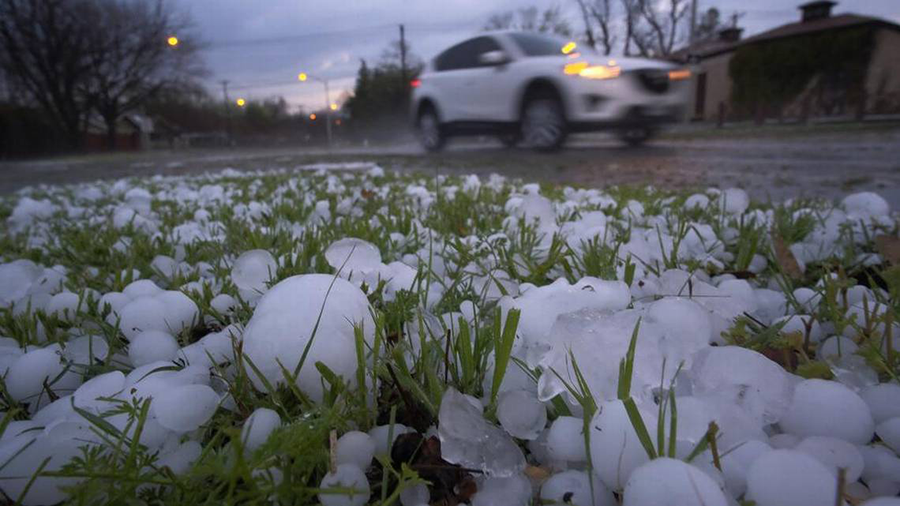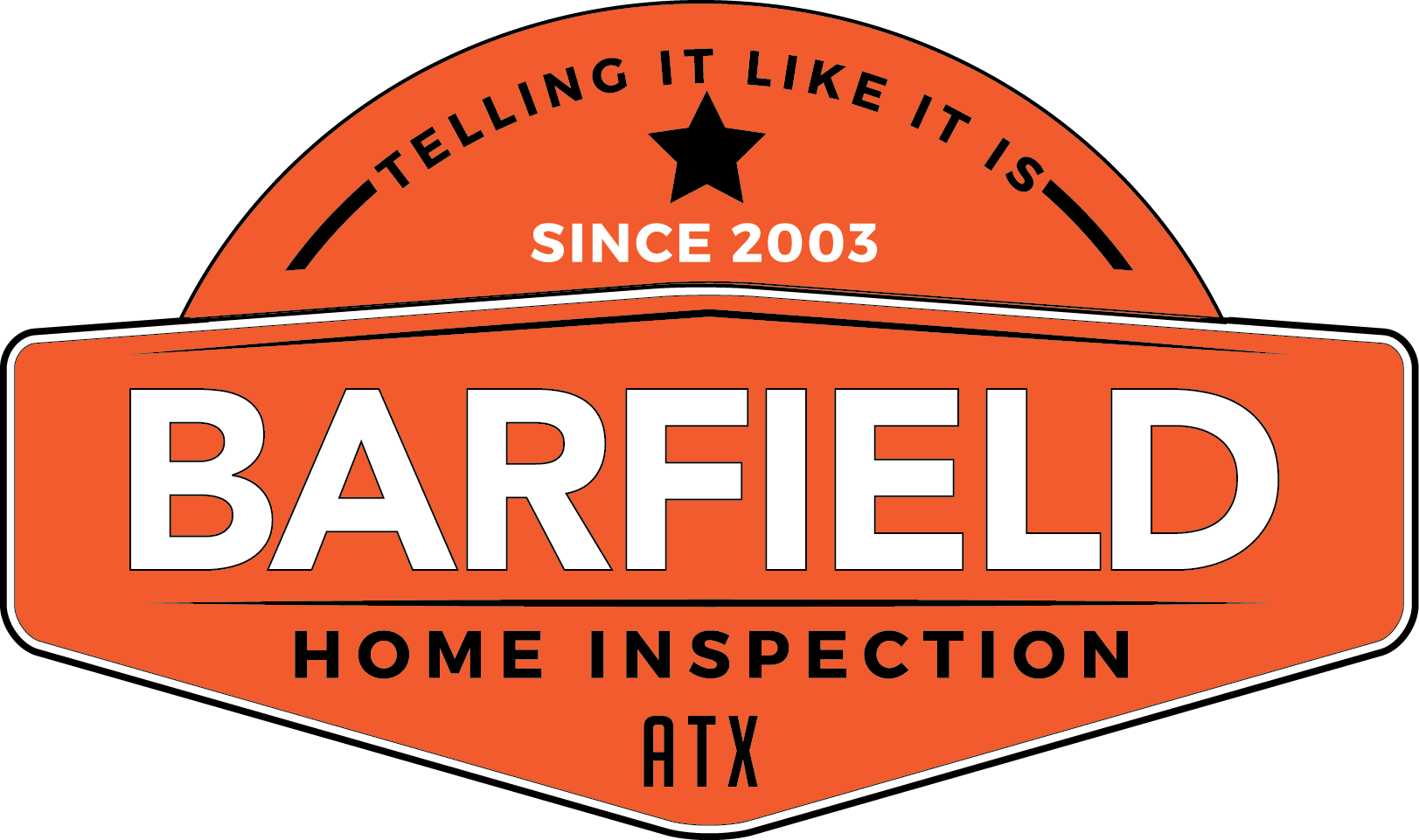
In Central Texas, April brings beautiful wildflowers…plus the threat of severe storms. As warmer weather moves in across the region, look out for these weather events that can make a serious impact on your home, property, and personal safety:
Hail
As though we haven’t experienced enough frozen precipitation in 2021, hail has already made a huge impact across Central Texas (particularly in last week’s storm that hit Burnet, Travis, and Williamson Counties hard with baseball-sized stones).
Although you can’t stop the sky from falling, there are a few things preventative measures you can take to prepare yourself for a hailstorm:
- Check your insurance. Many home and auto insurance policies cover hail damage. In order to expedite your quote and repair experience, make sure you’re covered before a storm hits.
- Have your roof inspected. As your home’s frontline of defense for falling objects, the roof will take the brunt force in a hailstorm. By having your roof inspected before a storm hits, you can be aware of its condition and any problem areas that may lead to more severe damage.
- Clean your gutters to remove excess water and debris that can make a serious mess if blocked.
- Trim overhanging limbs that could damage your home, vehicles, or other property if knocked down in a storm.
- Cover outdoor furniture and plants when severe weather is imminent.
Remember to stay indoors or seek shelter in a hailstorm. Once the storm passes, assess any damage and get in touch with your insurance company as soon as possible to file a claim.
Lightning
While it may sound like the stuff of suburban folklore, lightning strikes are real and dangerous. The National Weather Service estimates that 49 people are killed and hundreds more severely injured by lightning strikes each year. Here are a few things you can do to help ensure your personal safety:
- Listen for the roar. When you hear thunder, lightning may be close enough to strike. Find a safe, enclosed space and stay inside for at least 30 minutes after you hear the last clap of thunder.
- Lightning can travel through plumbing, metal, electrical systems, and concrete walls and floors that have metal reinforcement. The key here is that while staying indoors offers one layer of protection, you need to stay away from windows, water, electrical devices, and concrete. The Centers for Diseases Control and Prevention estimates that one third of annual strikes each year happen indoors.
Tornadoes
Perhaps the most ominous of Central Texas’ weather threats, tornadoes can be fierce and unpredictable. That’s why developing a storm safety plan well in advance can help save precious time and potentially your life.
Here are a few highlights as you begin to develop your plan:
- Know where to go. Evacuate a mobile home or other temporary structure. Find the innermost room on the lowest level of a building or home preferably without windows.
- Gather supplies. While many storms pass quickly, sometimes a chain of storms can leave you up all night trying to brace for the worst. Be ready with portable chargers, water, essential medication, small food supplies, and a list of emergency numbers in case you cannot access your cell phone.
Pro Tip: We like to keep pet harnesses and leashes with the stash so we can shelter in place with our furry family members in the event of an emergency.
- Cover your body. If a tornado hits, cover yourself with anything you can from a mattress to a table or blanket. If possible, put sturdy shoes on to protect your feet from debris in the aftermath.
While we love homes, nothing is more important than your personal safety. Develop a storm safety plan early this season to protect yourself and your loved ones, and then take appropriate measures to secure your possessions. Stay tuned to local weather and stay aware of watches and warnings that can help direct your actions.
If your home does incur damage during a storm this spring, get in touch with the home inspection company you can trust. We’ve been telling it like it is across Central Texas since 2003 and we aren’t about to stop now! Follow us on Facebook and Instagram for more home maintenance and safety tips.



